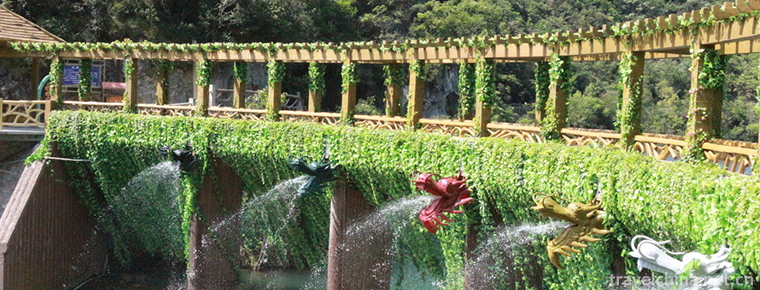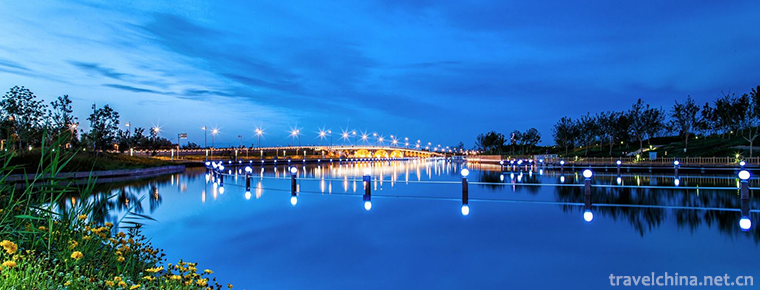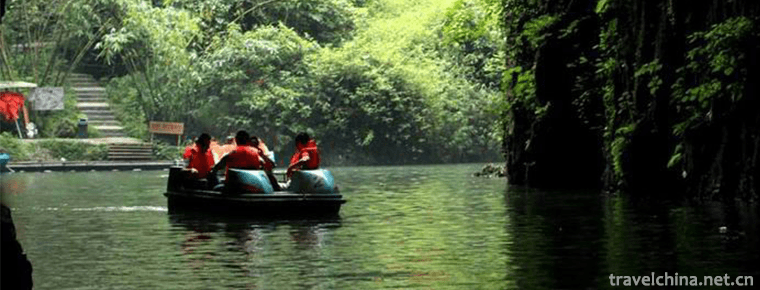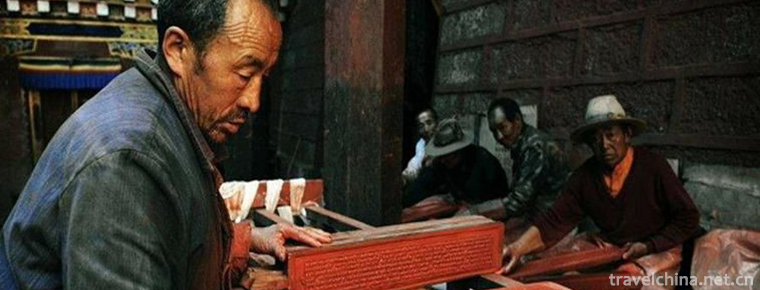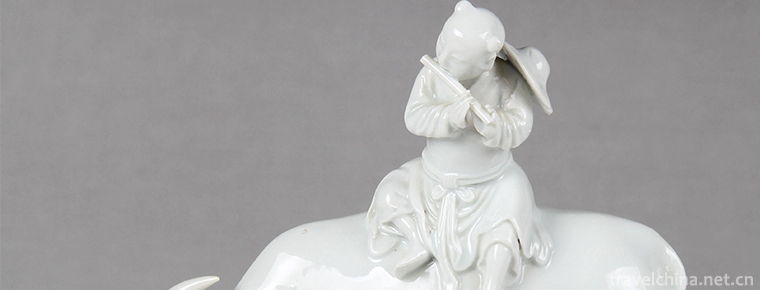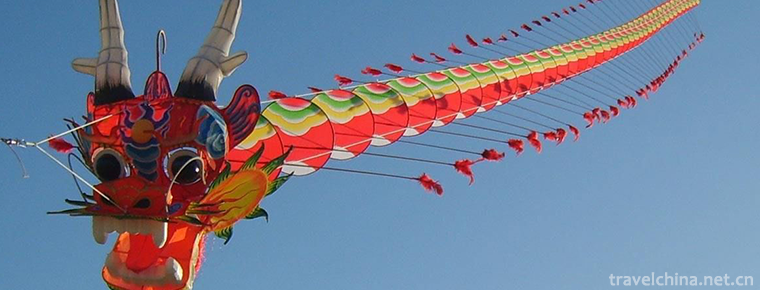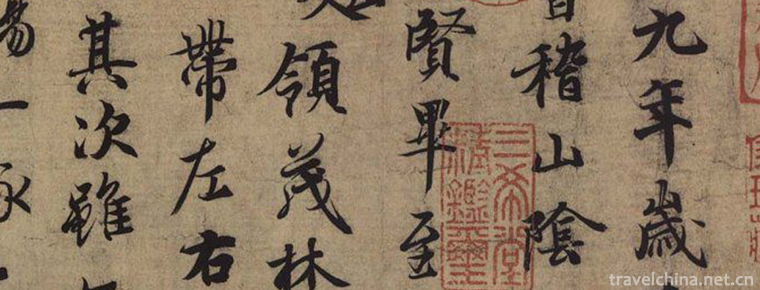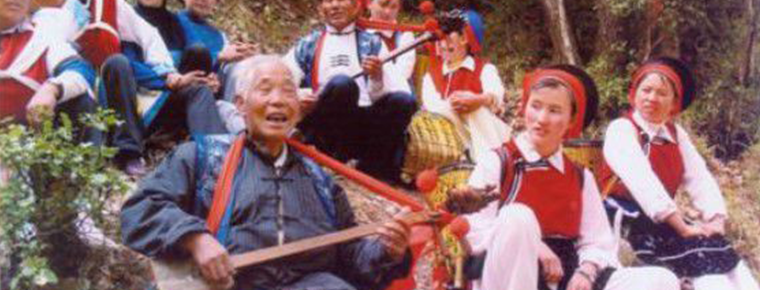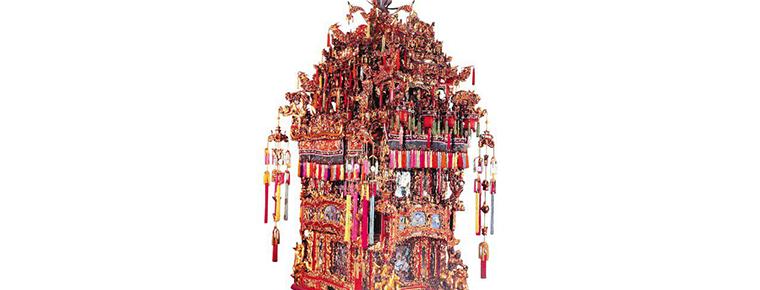Buzkashi
Buzkashi
One of the folk sports events in Xinjiang, China. Although there is no written record of sheep on foot, it has been examined in some areas of northern Xinjiang, which has continued to this day, and is considered to be a traditional item after the sport of picking up sheep on horseback. The sport of picking up sheep on foot is usually organized by villagers, especially among the people without horses. It is a highly antagonistic and competitive sport. In festivals or performances. There are two ways: detachment and non-detachment.
On June 7, 2008, Yaoyang was listed in the second batch of national intangible cultural heritage list with the approval of the State Council.
brief introduction
Heroic Kazakhs, there is a traditional horse game-picking sheep. It is said that this game was originally developed from Altai. Today, all Kazakh herdsmen still inherit it. Picking sheep is not only an exciting horse game played by Kazakh herdsmen, but also a contest of strength and courage, equestrian and riding skills. Competitions are usually held during the festival. Therefore, on the eve of the festival, herdsmen send representatives to every festival to pick up sheep, and do the work of choosing the place and setting the date. On the day of picking up sheep, herdsmen, young and old, wear Festival Dress and come to the designated place with joy. They habitually and consciously stand in a large circle to observe.
Xinjiang Sheep Race
The host put a sheep with its head cut off at the designated place. After the shooting, the two teams flew to the sheep, covering each other first and rushing towards the end. The riders on both sides applied various techniques to chase and intercept the sheep and grabbed it desperately. The winner, according to local customs, roasted the sheep on the spot and invited the riders to share it, which is called "Happy Meat".
Kazakh People Picking Sheep
Kazakh people use goats to pick up sheep. When they are about two years old, they cut off their heads, hoofs and tie their esophagus. Some of them are still soaked in water or poured into their stomachs. This is tough and not easy to tear. People who take part in sheep picking are all organized in groups beforehand, some of them are in matches between the two teams. Lambs, other accompanying hairpins, some back pulling, front pulling and back pushing, left and right guards to break out of the encirclement. It requires not only individual skilled skills, but also the close cooperation of the collective. In short, picking up sheep is a very valuable traditional sport.
Form
There are many forms of picking sheep, but there are three main ones: one is to hold one end of the sheep by two people, the other is to fight desperately, the other is to win by whoever gets the sheep. The other is to hold the sheep in groups. In the old society, a tribe is a group, and the tribe and tribe compete for each other, the winner is the glory of the tribe. The third is to hold the sheep collectively, and the sheep is thrown on the ground by the host, and whoever gets the hand is not to hold it. The winner is the one who snatches the sheep and throws it into the felts of a certain family.
Collective picking: Before the start of picking up the sheep, the host first put the body of a "Kuokla" goat, which had been slaughtered and stripped of its internal organs, in the center of the field. The riders lined up in two lines around it, brave, angry and ready to serve. When the host started shooting, the brave rider rushed off, circled the field, instantly waited for the horse and sprayed. With nose, upright hind legs, pouncing violently toward the center of the court.. A heart-stirring struggle with a sheep was thus launched. The leading rider quickly bit the whip in his mouth, threw aside the saddle reins, jumped to catch the sheep's corpse, flew out of the crowd with arrows, and galloped towards the target. The rest of the riders rushed to the target, and the audience cheered and cheered. Later, they caught up, seized the end of the sheep's corpse and competed vigorously. Sometimes several people hold each other, but sometimes one person grabs it and throws the opponent away. So you fight, I grab it, many riders are fighting, brave horses are supporting each other, not showing weakness, not giving in to each other. While grabbing, running, until the body of the sheep is stripped of its fur, the rider who finally picks up the body of the sheep, carries it around the destination for a week, and then returns to the people. The real winner is to surround and place the sheep's corpse in its place. However, this victory is achieved by strength and speed. The herdsmen all clap their hands and shout with pleasure and sincere conviction.
However, the whole activity is not over. The winner of the fetching sheep will throw the dead sheep into the roof of other people's felt house at will. At this time, the owner of the felt house thinks that it is a great celebration and joy. He organizes the whole family to slaughter and cook mutton, grab meat and milk bumps with their hands, and so on. He warmly entertains all guests who come to congratulate him and treat them with milk and foot meat. After satiety, they began to sing and dance again, and had entertainment activities all night long.
The rider who picked up the sheep was proud and glorious. Everyone dressed him in red flowers and praised him one after another. However, the person who ate the mutton was proud and happy because, according to the traditional saying of Kazakhs, the person who ate the mutton not only avoided disaster, but also had good luck. I think, if it was such a god, of course, it would be glorious. Fortunately, the Kazakh people's game of picking up sheep is scheduled to be held every year in the golden autumn festival. On the one hand, it celebrates the harvest of animal husbandry in that year and wishes to increase the production of animal husbandry in the coming year. On the other hand, it also encourages herdsmen to raise horses carefully, cultivate good breeds of horses, train heroic riders, improve horse tactics and develop animal husbandry. Therefore, it is deeply welcomed by the broad masses of herdsmen. Ying, and inherited it from generation to generation!
Picking sheep is a brave sport. There is a local proverb: "Wrestling sees strength, holding sheep sees courage." Brave Kazakh herdsmen love to pick sheep. They graze on the grasslands all the year round, especially when they change farms. In order to protect their herds, they often struggle with bad weather and fierce animals. Picking sheep is the best exercise. It is both strength and wisdom. Hui's race is both braver and riding. The winners of grazing sheep are mostly skilled herdsmen. They can look for lost livestock in the snowstorm. They can bring 100 kilograms of sheep to their horses and carry them back to their herds. The excellent hand of grabbing sheep is respected and known as the eagle on the grassland. The old saying goes, "Huer whips away like flying", which is said to refer to the ancestors of ancient Kazakhs. Rabbit activity.
General situation of competition
In the vast grasslands of the western region, there are herdsmen of Tajik Kazakh, Mukherz and other nationalities. Herdsmen have been grazing on the grasslands for a long time. They often fight tenaciously with bad weather and fierce animals to protect their cattle and sheep. Sometimes, when storms or wild animals come, the sheep are often easy to disperse. At this time, they rush to cope with emergencies. As a result, a hundred and ten kilograms of sheep were lifted onto the horseback and carried back to the flock. Over time, this unique skill of picking up sheep evolved into a splendid competition of picking up sheep in the development of production.
The goat-picking contest is usually held in autumn. At that time, the goats are fat and strong, and people celebrate the harvest. Before the goat-picking contest, the slaughtered goats are cut off, their heads and hoofs are cut off, and then the goats are soaked in water or irrigated in the mutton, so as to make the goats tough and won't be torn apart during the contest.
During the competition, the host put the sheep in the center of the pasture and divided them into two teams, usually dozens of people, more than a hundred people, each riding a tall horse, arranged on the grassland. At the command of the host, the brilliant riders rushed to the place where the goats were laid. Who grabbed the sheep on the ground on the horse, or grabbed the sheep from the other side? The winner is the destination designated by the host.
In the competition, the decisive battle is in full swing. As long as a team gets the sheep, dozens of riders will chase, block and grab together. Each team has the equal work of grabbing in groups, covering the pack path and pursuing and blocking. If a person grabs the sheep first, his team members will try to cover up, catch up and block, and not let the other party take it away. It requires both personal skills and collection. Tight cooperation. Grassland goats win or lose. Even if a team wins the goats for a while, the sheep-losing team often immediately organizes people and horses to come back and rush up in a rush. The riders rush here and roll up to him like a raging tide. A goat-picking contest sometimes lasts for several hours, which is very tense, intense, exciting and exciting. Changing scenes often dazzle the audience and make them forget to return.

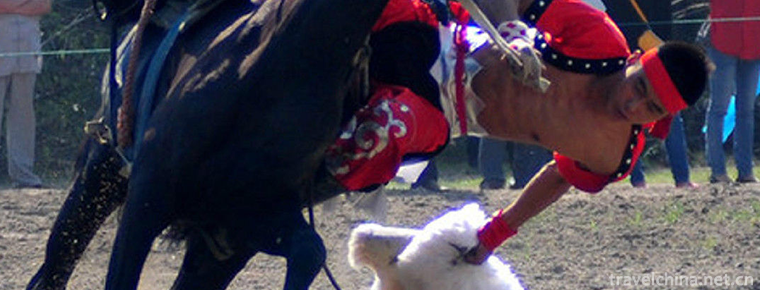
-
Wulong River Scenic Spot
Wulong River Tourism Scenic Area will soon be promulgated as a national scenic spot and a national natural forest reserve. The main river in the scenic spot is Wulong River.
Views: 150 Time 2018-12-22 -
Karamay River Scenic Area
The Karamay River, also known as the Chuancheng River, originates from Jiulongtan in the northeast of the city. It zigzags through the Xiyuetan Reservoir (also known as Aikule) .
Views: 125 Time 2018-12-23 -
Shangqiu Ancient Culture Tourist Area
Shangqiu Ancient Culture Tourist Area is located in Suiyang District of Shangqiu City. Based on Shangqiu Ancient City, the area of 12.6 square kilometers is covered by Guidefu City.
Views: 107 Time 2019-02-08 -
Shimen Xianhu Scenic Area
Shimen Xianhu Scenic Area is the first national 3A-level tourist scenic spot in Rongan County, located in Liuzhou, Guangxi. It has high Gorges out of Pinghu Lake.
Views: 117 Time 2019-02-08 -
Tibetan Engraving and Printing Skills of Dege School of Printing
Tibetan engraving and printing skills of Dege Printing Institute, local traditional handicraft skills of Dege County, Sichuan Province, and one of the national intangible cultural heritages..
Views: 199 Time 2019-04-26 -
Sintering Techniques of Dehua Porcelain
Dehua ceramic firing technology is a traditional handicraft in Dehua, Fujian Province. Dehua ceramic production began in the Neolithic Age, flourished in the Tang and Song Dynasties.
Views: 159 Time 2019-04-26 -
Kite making skills
Kite making skills, Weifang City of Shandong Province, Nantong City of Jiangsu Province, Lhasa City of Tibet Autonomous Region, Beijing, Tianjin and other local traditional skills, one of the national.
Views: 119 Time 2019-04-29 -
Chinese character calligraphy
Chinese character calligraphy has been recognized by the world for its brilliant civilization of 5000 years and its incomparable rich written records. In this vast and profound history,.
Views: 192 Time 2019-05-02 -
Jianchuan Opera
Jianchuan Baiqu is an ancient music variety with a long history and wide spread in Bai nationality area. It is mainly popular in Jianchuan, Eryuan and Tongdian, Jinding and Jiuhe of Lanping County, Nu.
Views: 308 Time 2019-05-05 -
Ningbo Zhujin lacquer wood carving
Also known as "Golden Lacquer Wood Carving", it is a traditional Chinese craft. Composition features mainly draw on the advantages of Chinese folk paintings and literati landscape flowers an.
Views: 132 Time 2019-06-08 -
Schools of Chinese embroidery
Suzhou embroidery has a history of more than 2600 years. It has a considerable scale in the Song Dynasty. In Suzhou, there are xiuyifang, xiuhuanong, gunxiufang and xiuxianxiang. Suzhou embroidery in Ming Dynasty has gradually formed its own unique .
Views: 306 Time 2020-12-12
